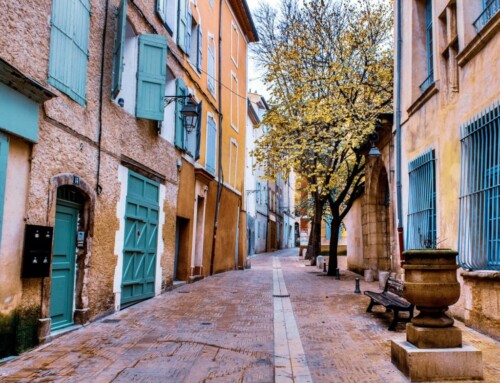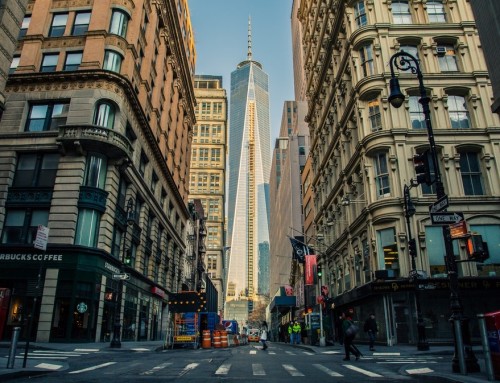
ZIMSEC O Level Geography Notes: Settlements: The city of Harare
- According to the 2012 census:
- Harare has a population of 2 098 199 people.
- With a male population of: 1 011 831
- And a female population of: 1 086 368
- It is Zimbabwe’s administrative capital and largest city.
- It is the focal point of all roads, rail and air routes in Zimbabwe.
- It was established in 1890 by colonialists on Chief Neharava’s land.
- It was initially named Fort Salisbury after the then British Prime Minister.
- It was developed around the Kopje area which was further from the wet malaria infested areas of the Mukuvisi river.
- It was later moved to Causeway where there was ample land for the development of government when it was turned into the capital in 1902.
- It was granted municipal status in 1897.
- The railway line reached Harare in 1899 from Beira.
- Harare was linked with Bulawayo by rail in 1902
- It became a city in 1935.
- It was the capital of the Federation of Rhodesia and Nyasaland in 1953-1963
- It grew rapidly after the Second World War.
- Industries sprouted up including motor assembling, trucks, radios, furniture etc.
- Harare is also Zimbabwe’s largest commercial center.
- It is also the country’s financial center where most of the banks are found.
- The structure of Harare
- Harare consists of a CBD which forms the city’s commercial hub.
- It has developed a few industrial zones mainly to the south, south west and east of the CBD.
- Most industries are also found along railway lines.
- High density suburbs are found next to the industrial areas for example Highfields near Willowvale.
- These are the low income residential areas.
- They are mostly found to the south-west and west of the CBD.
- The high density of Mabvuku, Tafara and Epworth are found on the Eastern fringes of Harare
- They mainly provide domestic labour to the low density suburbs such as Greendale, Mandara and Chisipiti.
- The medium and low density residential zones are mainly located on the north and eastern sectors of the city way from the industries and high density residential areas.
- The low density suburbs are spacious and large.
- They are usually located on large well maintained gardens.
- Sub-urban shopping centers have developed in these areas to service residents for example Sam Levy in Borrowdale.
- Several dormitory towns have also developed around the City including:
- Chitungwiza, Ruwa and Norton.
- These are mainly residential, these towns are also turning into industrial zones and have sub-urban shopping centers of their own.
To access more topics go to the O Level Geography Notes page






